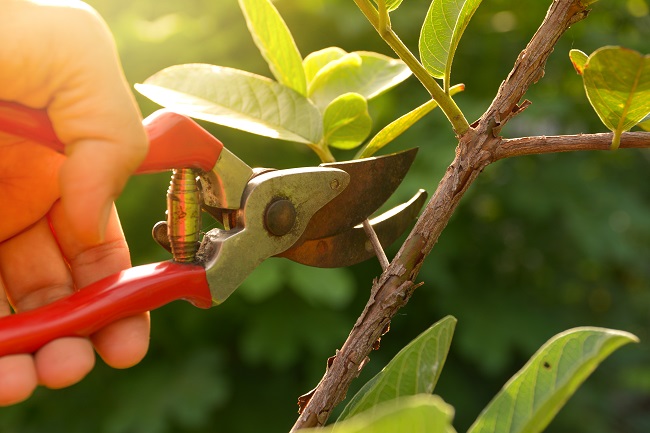What Does Pruning Actually Do To Your Plants?
Simply put, pruning is the selective removal of plant parts. This includes branches, leaves, buds, blooms, and roots. You can prune living, dying, or even dead plant parts. All plants will benefits from pruning, including soft plants, as well as trees and shrubs. Understanding why you need to prune plants is very important. There are certain goals that pruning will help you to achieve. Keep reading to learn more.

Plant Health
In order to maintain plant health, pruning is necessary. Dead or dying parts of a plant are not only unattractive, but can harbor diseases and pests that will spread to the healthy parts of a plant if left alone. Plant parts that are infested or diseased need to be removed promptly in order reduce or fully eliminate the disease or the pest.
Training a Plant
Ironically, pruning and thinning out a tree will actually help to make it look fuller. And pruning also helps to actually train a plant to grow to a certain size and shape. It will encourage branches to grow a certain way to keep the tree full and attractive looking.
Plant Quality
Pruning will directly impact the quality of plant foliage and stems. Certain plants that are heavily pruned will bloom abundantly as a result. And many trees have too many branches that can actually compete with one another, causing them all to be weak. Pruning an old tree can have immense positive effects on it, such as newer and more vibrant growth.
Restricting Growth
On the contrary, some trees may become overgrown if not pruned. This can cause them to become too large for the space that they are in. They then may interfere with things like buildings, fences, other trees, and more. And not to mention the safety hazards that it poses. Dead or dying branches are at risk of falling at any given moment.
For more information on pruning and what it can do for your plants, please contact us at Metro Lawn Care today.
